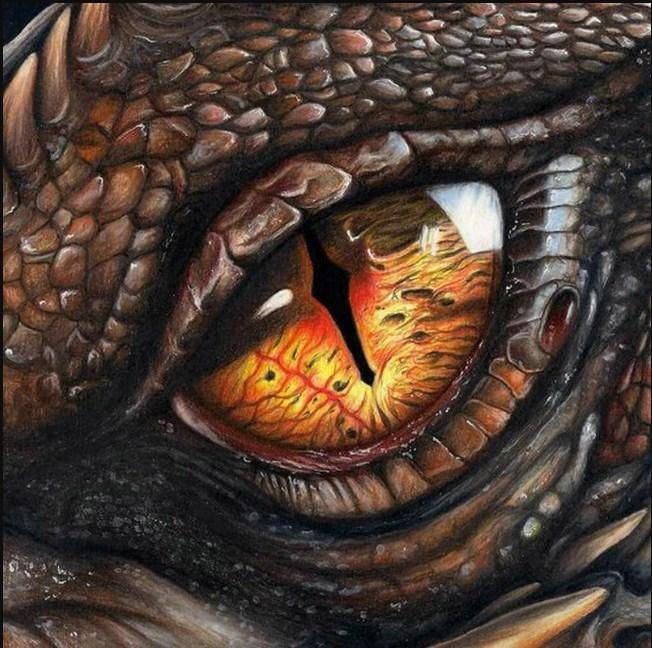
What are your Change Dragons?
7th May 2020You know what’s better than building things up in your imagination?
Building things up in real life.
– Ryan Holiday, The Obstacle is the Way
This period of lockdown has given us a golden opportunity to ask ‘what do we want? For ourselves, for our organisations, and for society.
Personally, I’ve become really energised as I’ve started to shape up a new long-term vision for my life and practice (which I’ll write more about in the coming weeks). It’s been an engaging, powerful process that’s helped me to galvanise possibility in the face of uncertainty.
When we begin to ask ‘what do we want?’, it’s like we’re activating a little voice on our shoulder: the one that says ‘go for it!’.
And on our other shoulder, of course, is another voice. The one that says ‘no way, that’s way too dangerous! Back up! Stay safe!’
That’s your Change Dragon voice.
What’s a Change Dragon? It’s something you’ll need to face down if you want to make your vision a reality. I first heard the term in Rebecca Chan Allen’s book Guiding Change Journeys. And it’s an eternal idea: facing down the dragons is embedded in any great story of overcoming the odds. It’s part of the hero’s journey.
If we want to create a future worth living in, for ourselves, for our organisation and for our society, we need to master living with our Change Dragons.
Change Dragons can come in two forms:
- External: A lack of resources. The existing culture. The way we’ve always done things around here.
- Internal: A lack of conviction. The fear of failure. The need for approval.
Which ones do you have more control over? You know it. The internal ones. Change those, and you change the game.
For both internal and external Change Dragons, there is stuff you can do for yourself, and also in conversations with the people you lead:
- Name: Ask “what are the Change Dragons?” When you name them, you’re halfway there.
- Shrink: Shrink the dragons to their real size by examining them from every angle (Tim Ferriss’ Fear Setting activity is really useful for this)
- Define: Define the mindset and behaviours you’ll need to face your dragons (My Bigger Me exercise is great for this)
- Test: Mindful action is how we make progress. Try an experiment to test the power of the dragons. Yep, it might get a little hot. See what you can learn.
Change Dragons are not something to make go away. They’ll always be with us. When you can learn to live with them, and not be subject to them, you can make change happen more effectively.
Sidebar: You might be interested in watching Alicia McKay and I talking about Change Dragons on our short, punchy, twice-weekly podcast “What’s On Your Mind?” You can check out that episode here. Soon we’ll be launching the podcast on the usual platforms so you can stay up to date using your favourite podcast app! Stay tuned.
You might also like to check out this related post: Do You Need Confidence, or Courage?
Like this post? When you’re ready, here are three ways I can help you further:
- Sign up to my ‘Thinking from the Edge’ newsletter to get tips, insights and early release information that I don’t share on the usual social channels. Delivered fortnightly to your inbox.
- Get my book, Change Makers: How to make your mark with more impact and less drama. It’s available here.
- Come along to one of my Change Makers breakfast sessions to learn more about how this game-changing programme can amplify you and your people’s ability to have more impact.

